The easy and scoring chapters for NEET 2025 chapters are Kinematics, Gravitation in Physics; Atomic Structure, Chemical Bonding in Chemistry; Plant Physiology, Human Physiology, Reproduction in Biology
Table of Contents
The most easy and scoring chapters for NEET 2025 in Physics are Kinematics, Laws of Motion, Gravitation, in Chemistry are Atomic Structure and Nuclear Chemistry, Chemical Bonding and Molecular Structure, and in Biology are Plant Physiology, Human Physiology, Diversity in Plants, Reproduction and Reproductive Health in animals and more.
NEET 2025 will be conducted on May 4, 2025. NEET stands for National Eligibility and Entrance Test. It is a national-level entrance test conducted by the National Testing Agency (NTA) for the admission of students to the medical colleges in the country.
NEET is one of the most difficult examinations and scoring good marks in this exam requires thorough and rigorous study, revision and practice of the syllabus. Check out the details below to know more about the easy and scoring chapters for NEET 2025.
Also Check: Are NCERT Books Enough for Cracking NEET 2025?
Most Easy and Scoring Chapters in NEET 2025
NEET being one of the most difficult entrance examinations, the students must put in very good effort to score good marks in the exam. Knowing and understanding the NEET syllabus is crucial. The chapter wise weightage helps the students prepare in a calculative manner.
Being completely thorough with the most easy and scoring chapters for NEET 2025 will help the students perform better and therefore grab seats in the top colleges in the country.
Also Read: Do's and Don'ts for NEET 2025 Exam
High Scoring Chapters in Physics
The chapters that are most easy and scoring for NEET 2025 in Physics are:
| Unit name | Important Topics | Weightage | Number of Questions on Average |
| Physics and Measurement | Physical quantities and units | 2% | 1 |
| Errors and Significant figures | |||
| Dimension analysis and its application | |||
| Kinematics | 2D motion | 2% | 1 |
| Physical quantities in kinematics | |||
| Laws of motion | Applications of Newton's 2nd and 3rd Laws of motion | 7% | 3 |
| Friction | |||
| Newton's First Law | |||
| Dynamics of uniform circular motion | |||
| Work, energy and power | Collision | 4% | 2 |
| Energy and Power | |||
| Work | |||
| Motion of System Of Particles and Rigid Body | Rigid body and its center of Mass | 7% | 3 |
| Moment of Inertia | |||
| Basic concepts of rotational motion | |||
| Conservation of angular momentum and its applications | |||
| Gravitation | Planets and satellites | 3% | 2 |
| Universal law of gravitation | |||
| Acceleration due to gravity and it's variation | |||
| Gravitational field Intensity | |||
| Properties of bulk matter | Fluid dynamics | 3% | 1 |
| Heat transfer | |||
| Properties of Solids | |||
| Fluid statics | |||
| Thermodynamics | Second law of Thermodynamics | 7% | 3 |
| Thermodynamics Processes | |||
| Introduction to Thermodynamics | |||
| First law of thermodynamics | |||
| Oscillations and Waves | Waves on a string | 7% | 3 |
| Sound Wave | |||
| Oscillation in a spring | |||
| Simple harmonic motion (SHM) | |||
| Electrostatics | Electric potential | 3% | 1 |
| Capacitors | |||
| Electric field | |||
| Electrostatic Potential energy | |||
| Capacitors | |||
| Current Electricity | Ohm's Law | 6% | 3 |
| Wheatstone's Bridge and Meter Bridge | |||
| Cell and Combination of Cell | |||
| Kirchhoff Law | |||
| Resistance and Resistivity | |||
| Potentiometer | |||
| Electric Current | |||
| Magnetic Effects of Current and Magnetism | Motion of a charged particle in uniform magnetic and electric fields | 6% | 3 |
| Moving coil galvanometer | |||
| Biot-Savart Law and its applications | |||
| Magnetic force on a current carrying conductor | |||
| Magnetism and matter | |||
| Ampere's law and its applications | |||
| Torque on a current loop, Magnetic Dipole | |||
| Biot-Savart Law and its applications | |||
| Electromagnetic Induction and alternating Currents | AC circuits | 5% | 2 |
| Motional Electromotive force | |||
| Inductance | |||
| Introduction to electromagnetic induction | |||
| Electromagnetic Waves | Maxwell's Displacement Current | 1% | 1 |
| Wave Optics | Interference and Diffraction of light wave | 4% | 2 |
| Lenses | |||
| Reflection of light | |||
| Refraction | |||
| Optical Instruments | |||
| Refraction through a Prism | |||
| Polarization of light | |||
| Interference and Diffraction of light wave | |||
| Dual Nature of Matter and Radiation | Photoelectric Effect | 4% | 2 |
| Photon counts,Flux and Intensity of radiation | |||
| Wave nature of matter | |||
| Atoms And Nuclei | X-rays | 5% | 2 |
| Bohr's model | |||
| Nuclei | |||
| Electric Charges and Fields | Semiconductors and its types | 2% | 1 |
| Transistor and its applications |
Also Read : What is a Good Rank in NEET UG 2025?
High Scoring Chapters in Chemistry
The most easy and scoring chapters for NEET 2025 in chemistry are:
| Unit name | Topics | Weightage | Number of Questions on Average |
| Structure of Atom & Nuclear Chemistry | Heisenberg’s uncertainty principle | 3% | 1 |
| Quantum mechanical model of atom | |||
| Classification of Elements and Periodicity in Properties | Modern periodic law and the present form of the periodic table | 4% | 2 |
| Electronic configurations and types of elements:s-, p-, d-, f-, blocks | |||
| Periodic trends in properties of elements | |||
| Chemical Bonding and Molecular Structure | Hydrogen Bonding | 9% | 4 |
| Bond Parameter | |||
| Hybridisation | |||
| Electronic Theory of Chemical Bonding | |||
| Valence Bond Theory | |||
| The Valence Shell electron Pair Repulsion Theory | |||
| Bonding in Coordination Compounds | |||
| Polarity of Bonds | |||
| Thermodynamics and Thermochemistry | Laws of Thermodynamics | 3% | 1 |
| Terms used for Heat of Reaction | |||
| Spontaneity | |||
| Thermodynamic Process | |||
| Ionic Equilibrium | Ionization of Acids and Bases | 4% | 2 |
| Law of Chemical Equilibrium and Equilibrium Constant | |||
| Buffer Solutions | |||
| Factors affecting Equilibria | |||
| Redox Reactions | Oxidation Number and Oxidation State | 2% | 1 |
| Types of Redox Reactions | |||
| Balancing of Redox Reaction | |||
| Hydrogen | Water | 2% | 1 |
| Position of Hydrogen in the Periodic Table | |||
| Properties of Dihydrogen | |||
| d- Block & f-Block Elements | General Characteristics of d-Block elements | 4% | 2 |
| General Characteristics of f-Block elements | |||
| Actinides | |||
| Lanthanides | |||
| Metal | |||
| General Properties of Transition Elements | |||
| The Inner Transition Elements | |||
| Some p-Block elements | Group-18: Occurrence and uses of noble gases; Structures of fluorides and oxides of xenon. | 7% | 3 |
| Some Important Compounds of Halogens | |||
| Some Important Compounds of Carbon and Silicon | |||
| Group 13 Elements: The Boron Family | |||
| Group 16 Elements | |||
| Group 14 Elements: The Carbon Family | |||
| Group 15 Elements | |||
| Important Compounds of Phosphorus | |||
| Important Trends and Anomalous Properties of Boron | |||
| Important Compounds of Oxygen | |||
| Organic Chemistry - Some Basic Principles and Techniques | Classification of Organic Compounds | 5% | 2 |
| Methods of Purification of Compounds | |||
| Fundamental Concepts in Organic Reaction Mechanism | |||
| Qualitative Analysis of Organic Compounds | |||
| Applications | |||
| Quantitative Analysis | |||
| Hydrocarbons | Alkenes | 4% | 2 |
| Alkanes | |||
| Alkynes | |||
| Solid state | Classification of Crystalline Solids | 3% | 1 |
| Number of Atoms in a Unit Cell | |||
| Close Packed Structures | |||
| Solutions | Colligative Properties | 4% | 2 |
| Ideal and non ideal solutions | |||
| Van't Hoff Factor | |||
| Electrochemistry | Electrochemical Cell | 3% | 1 |
| Kohlrausch's Law | |||
| Galvanic Cells | |||
| Conductance of Electrolytic Solutions | |||
| Chemical kinetics | Temperature dependence of the rate of reaction | 4% | 2 |
| Factors influencing rate of reaction | |||
| Integrated rate equations | |||
| Coordination compounds | Definitions of some important terms pertaining to coordination compounds | 6% | 3 |
| Isomerism in Coordination Compounds | |||
| Bonding in Coordination Compounds | |||
| Alkyl Halide, Alcohol, and Ether | Properties of Alkyl Halide | 4% | 2 |
| Properties of Alcohol | |||
| Properties of Ether | |||
| Organic Compounds Containing Nitrogen | Preparation of Amines | 3% | 2 |
| Properties of Amines | |||
| Biomolecules | Proteins | 4% | 2 |
| Carbohydrates | |||
| Polymers |
Also Read: Do or Die Chapters for NEET 2025
High Scoring Chapters in Botany
The most easy and scoring chapters for NEET 2025 in Botany have been tabulated below:
| Biology Chapters and Topics | Important Topics | Weightage of the Chapter and Topic (In percentage) | Average No. of Questions from the Chapter |
| Plant Diversity | Reproduction in plants | 12% | 7 |
| Plant kingdom | |||
| Respiration in plants | |||
| Biological classification | |||
| Evolution in plants | |||
| Plant Anatomy | Plant tissues | 4% | 2 |
| Anatomy of flowering plants | |||
| Root, stem, and leaf | |||
| Morphology of Flowering Plants | Root modification | 7% | 4 |
| inflorescence | |||
| Leaf modifications | |||
| Cell Structure & Function | Plant cell diagram | 10% | 6 |
| Plant cell structure and parts | |||
| Plant cell types | |||
| Plant cell functions | |||
| Bio-molecule | Proteins | 3% | 2 |
| Protein structure | |||
| Amino acids | |||
| Carbohydrates or polysaccharides | |||
| Cyclic glucose | |||
| Nucleic acids | |||
| Nucleotides | |||
| Plant Physiology | Transportation in plants | 13% | 8 |
| Mineral nutrition | |||
| Photosynthesis in higher plants | |||
| Respiration in plants | |||
| Plant growth and development | |||
| Plant Reproduction | Fertilization | 9% | 5 |
| Pollination | |||
| Photosynthesis | |||
| Pollen-pistil interaction | |||
| Development of male gametophytes | |||
| Anatomy of plants | |||
| Ecology and Environment | Organisms and environment | 16% | 10 |
| Ecosystem | |||
| Biodiversity and its conservation | |||
| Environment and environmental issues such as air pollution, water pollution |
Also Read: NEET Difficulty Level 2025 - What to Expect
High Scoring Chapters in Zoology
The most easy and scoring chapters for NEET 2025 in Zoology are provided in the table below:
| Animal Kingdom | Classification of animals | 10% | 3 |
| Fundamental features of animals | |||
| Cyclostomata | |||
| Chondrichthyes | |||
| Osteichthyes | |||
| Chordata | |||
| Arthropoda | |||
| Tetrapoda | |||
| Structural Organization in Animals | Types of Animal Tissues | 5% | 2 |
| Simple Epithelium | |||
| Stratified or Compound Epithelium | |||
| Organ and the Organ System | |||
| Earthworm | |||
| Cockroach | |||
| Human Physiology | Digestion and absorption | 45% | 13 |
| Breathing and exchange of gasses | |||
| Body fluids and circulation | |||
| Excretion | |||
| Locomotion and movement | |||
| Neural control and coordination | |||
| Chemical coordination and integration | |||
| Human Reproduction & Reproductive Health | Male reproductive system | 18% | 5 |
| Female reproductive system | |||
| Menstrual cycle | |||
| Fertilization | |||
| Implantation | |||
| Origin & Evolution | Origin of Life | 10% | 3 |
| Evolution of Life Forms | |||
| Evidence of Evolution | |||
| Adaptive Radiation | |||
| Mechanism of Evolution | |||
| Hardy-Weinberg Principle | |||
| A Brief Account of Evolution | |||
| Origin and Evolution of Man | |||
| Animal husbandry | Classification, objectives, and importance of animal husbandry | 3% | 1 |
| Biology and Human Welfare | Human health and diseases | 2% | 1 |
| Immunity and types of immunity | |||
| Human Health & Diseases | Types of diseases | 9% | 3 |
| Common diseases in human | |||
| Life Cycle of plasmodium | |||
| AIDS | |||
| Cancer, drugs |
NEET 2025: Overview
Once students are aware of the easy and scoring chapters for NEET 2025, they must also know that NEET is a national-level medical test conducted by the National Testing Agency (NTA) for admission of students to the medical colleges in the country. An overview of the medical entrance exam can be found below.
| Particulars | Details |
| Name of the Examination | National Eligibility cum Entrance Test (NEET) |
| Conducting Authority | National Testing Agency (NTA) |
| Mode of Examination | Pen and Paper Based Test (PBT) |
| Duration of Examination | 3 Hours 20 Minutes |
| Subjects | Physics, Chemistry, Biology (Botany + Zoology) |
| Total Number of Questions | 200 |
| Number of Questions to be Attempted | 180 |
| Number of Questions Section-Wise | Physics - 45 ; Chemistry - 45 ; Botany - 45 ; Zoology - 45 |
| Question Type | Multiple Choice Questions |
| Marking Scheme | +4 Marks for Correct Answers ; -1 Mark for Incorrect Answers |
Also Read: Is Calculator Allowed in NEET 2025?



![Banaras Hindu University, [BHU] Varanasi](https://media.getmyuni.com/azure/college-image/small/banaras-hindu-university-bhu-varanasi.jpg)
![Jamia Millia Islamia [JMI]](https://media.getmyuni.com/azure/college-image/small/jamia-millia-islamia-university-new-delhi.jpg)
![Manipal Academy of Higher Education, [MAHE] Manipal](https://media.getmyuni.com/azure/college-image/small/manipal-university-mu-manipal.jpg)
![Aligarh Muslim University, [AMU] Aligarh](https://media.getmyuni.com/azure/college-image/small/aligarh-muslim-university-amu-aligarh.jpg)

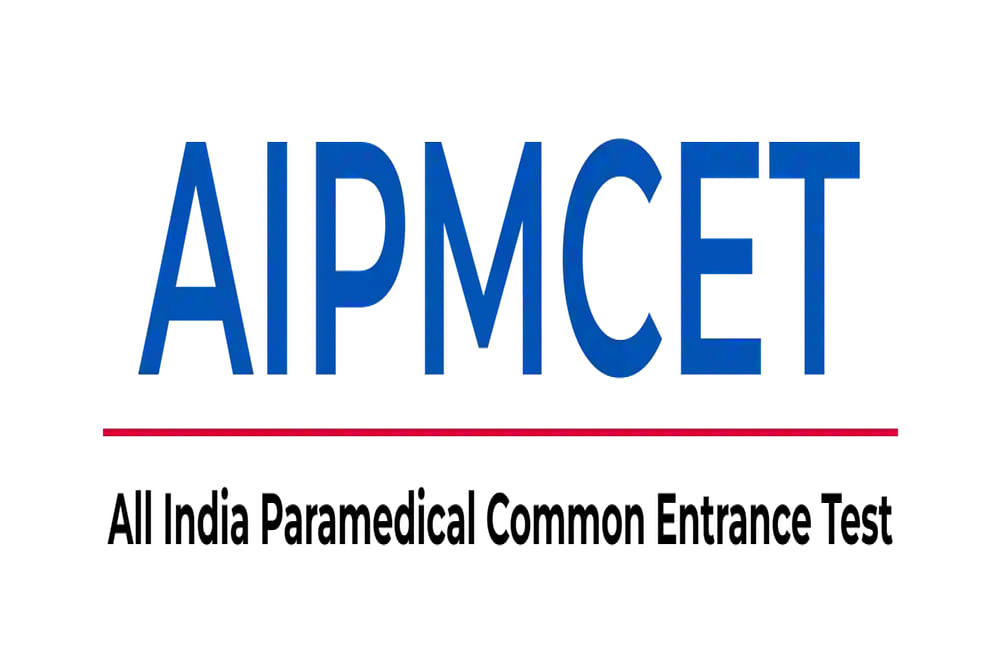











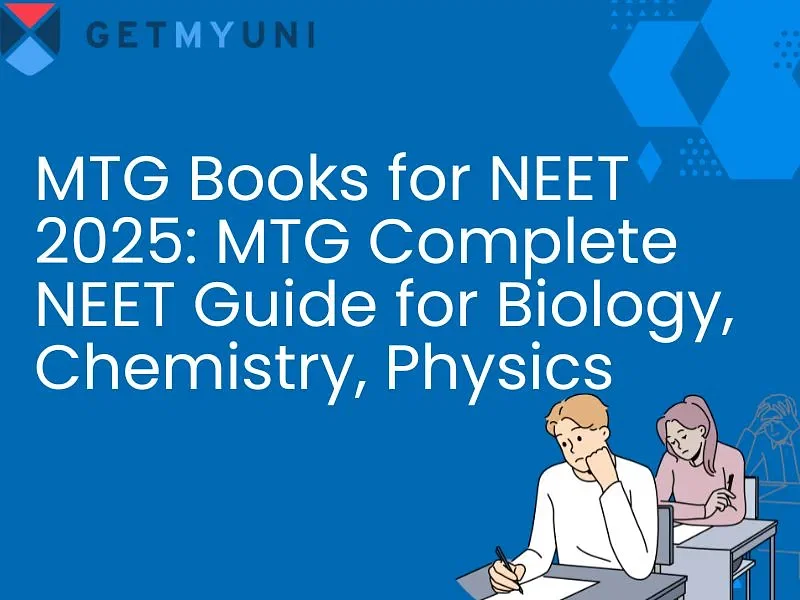






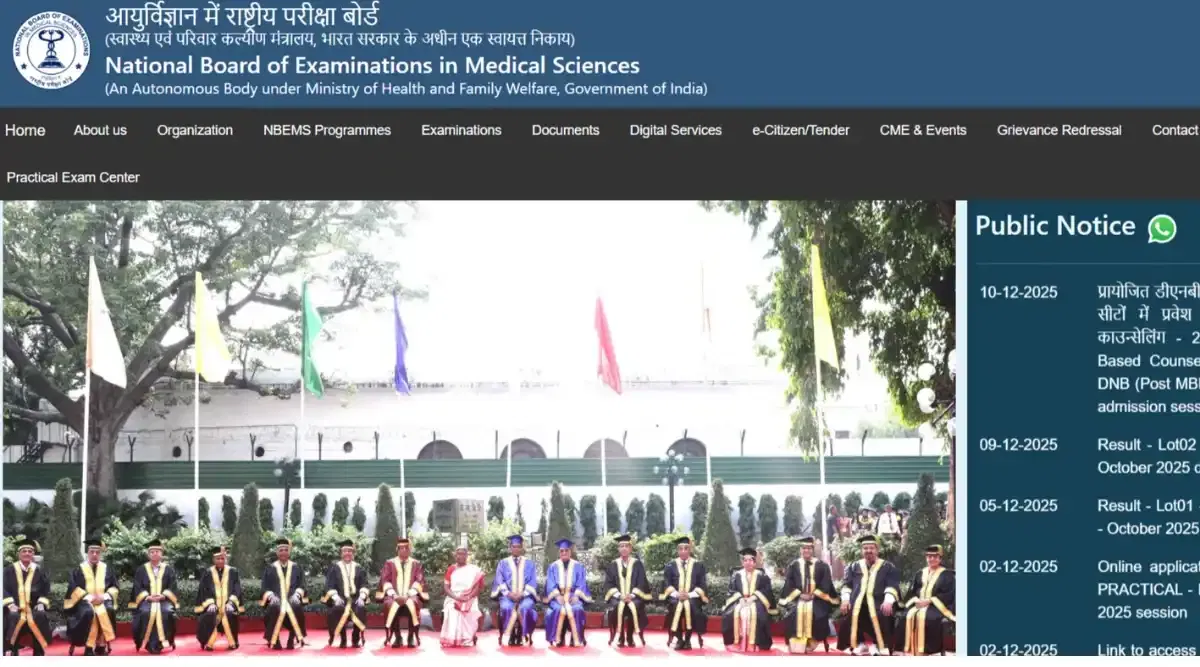
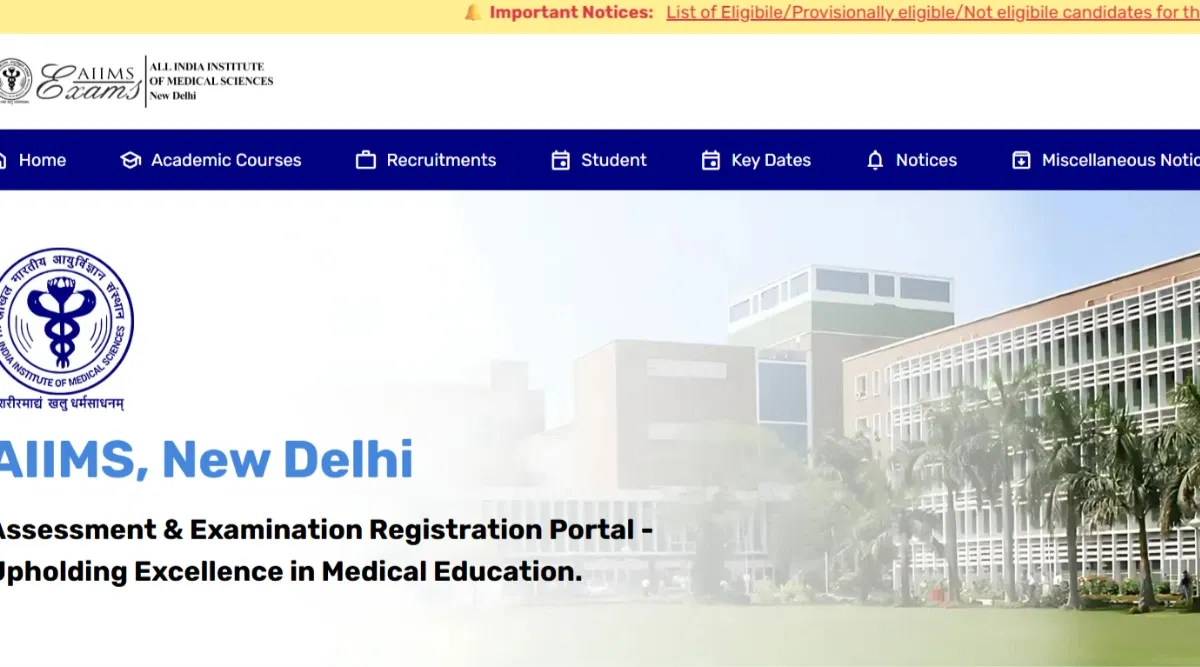

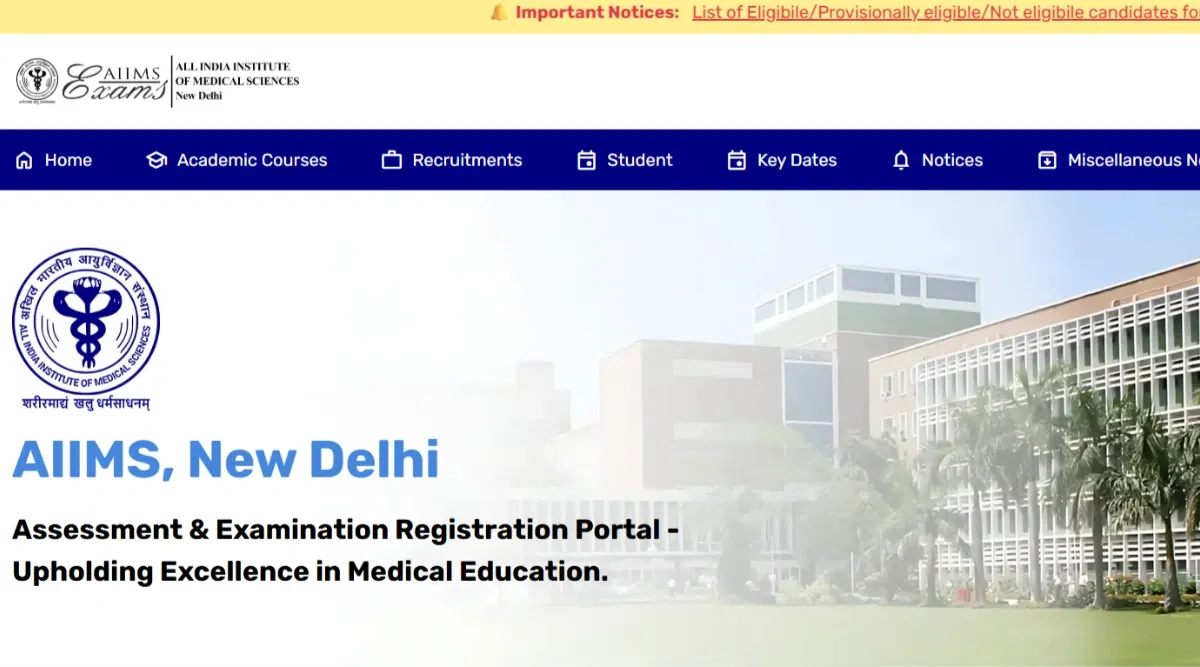




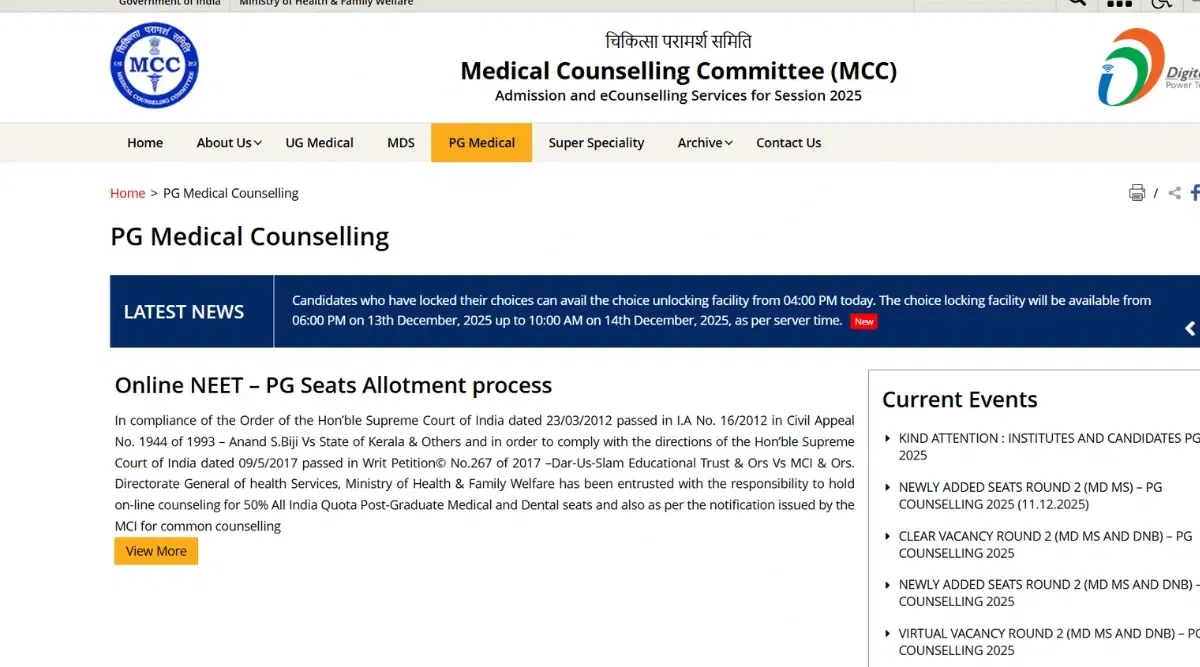

POST YOUR COMMENT